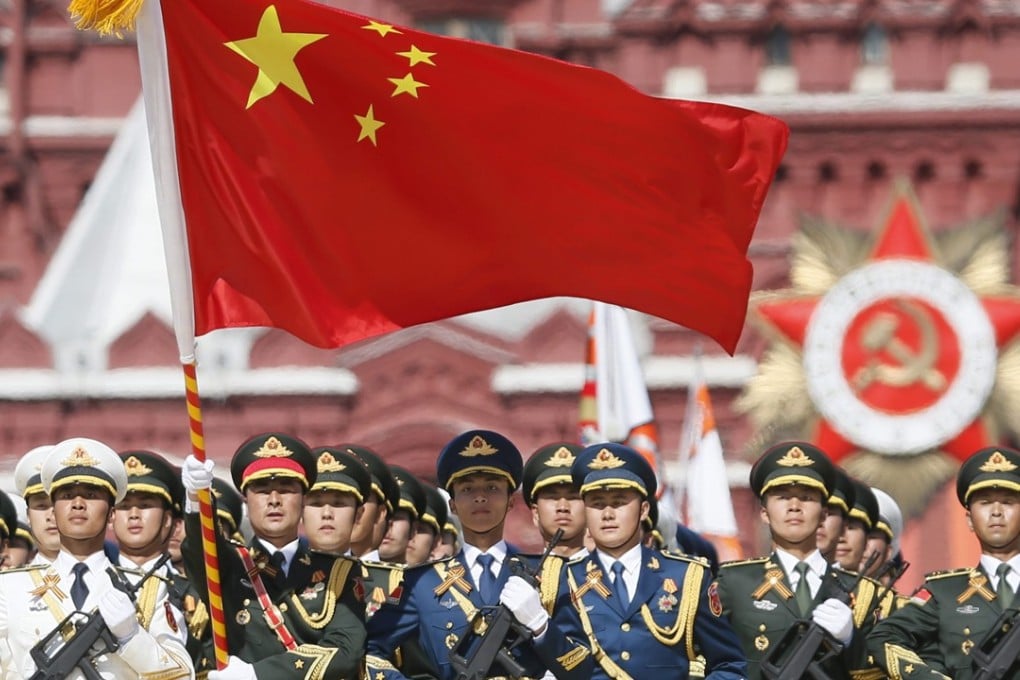Why forecasts of a Chinese takeover of the Russian Far East are just dramatic myth
Maria Repnikova and Alexander Gabuev say there may be tensions in the Beijing-Moscow partnership, but reverse migration trends among Chinese workers prove that worries about China’s potential conquest of the Russian Far East are unfounded

Sensationalist arguments about inherent tensions point to the China-Russia border. The4,200km stretch shows population and wealth disparities in favour of China, that some claim can trigger the extension of Beijing’s regional power into the Russian Far East and Siberia. The attraction of Russia’s vast empty lands for China’s resource-hungry and over-populated empire seems obvious.
Watch: China and Russia carry out joint exercises in the South China Sea
This discourse, however, is not rooted in ground realities but on faulty assumptions about China-Russia relations. The analyses predicting China’s inevitable takeover of the Russian Far East draw on sparse factual data. While the population disparity along the border is real – 6.3 million in the Far East face 38.3 million in Heilongjiang (黑龍江) alone – what remains contested is the number of Chinese on Russian soil.
The most Chinese-populated Russian city is Moscow, not Vladivostok or Khabarovsk
Most Western media refer to alarming figures, some concluding there are two million Chinese, set to reach 10 million by 2050. The latest Russian national census in 2010, however, projected the number of Chinese residents at 30,000. Regional official and academic data we uncovered, in several research trips to the Far East since 2010, estimates the number of Chinese migrants as between 400,000 and 550,000. More than half are in the European part of Russia, where the labour market is bigger and more dynamic than in the east of the Urals. The most Chinese-populated Russian city is Moscow, not Vladivostok or Khabarovsk.

Beijing’s new Silk Road may extend to Moscow-led Eurasian union
Moreover, after the collapse of oil prices and rouble depreciation, more Chinese workers are choosing to leave Russia. Most Chinese migrants are temporary workers, not permanent settlers. They work in trade, construction and agriculture, and send most of their earnings back to their families. In the past two years, their average income has collapsed by 50 per cent. In 2016, the average monthly salary in Heilongjiang was US$667, while in Primorye, the most populated part of the Far East just across the border, it was US$563.